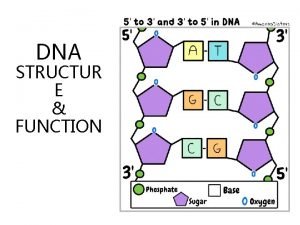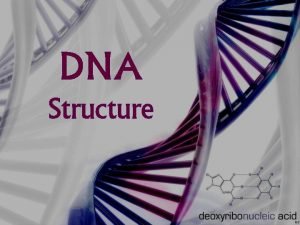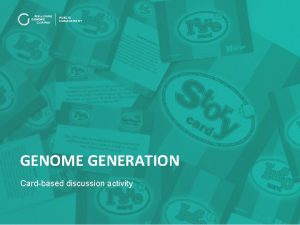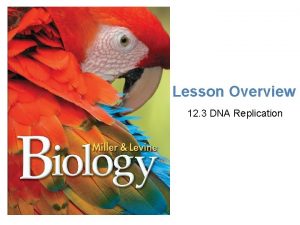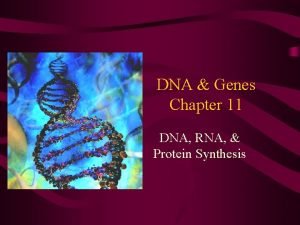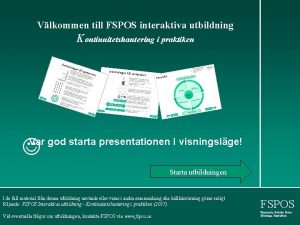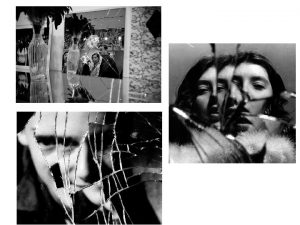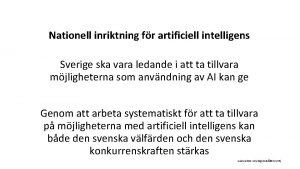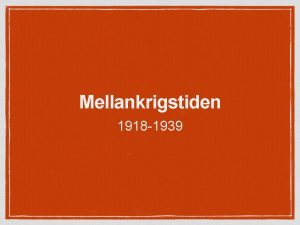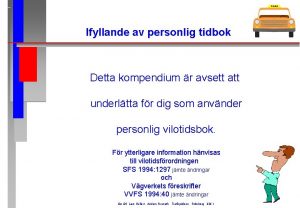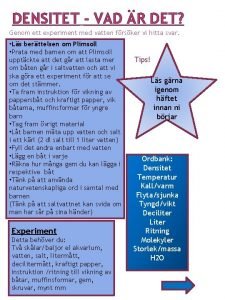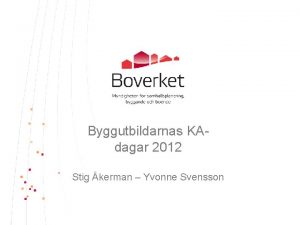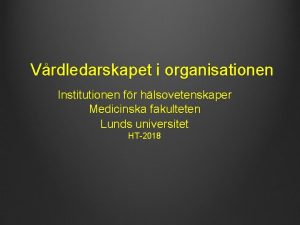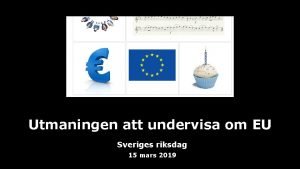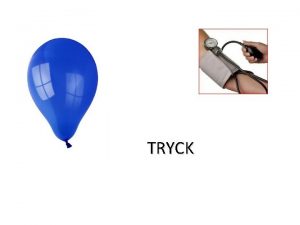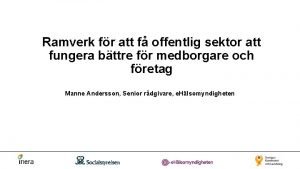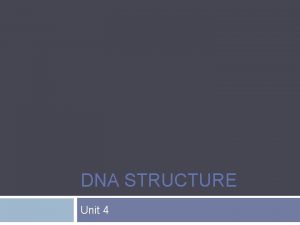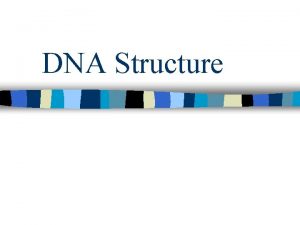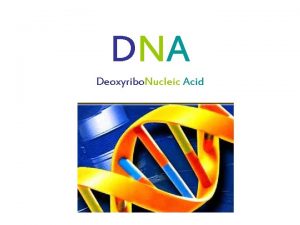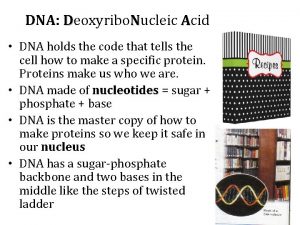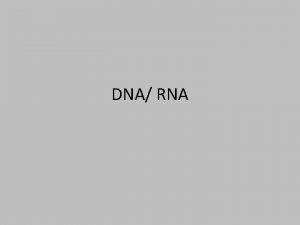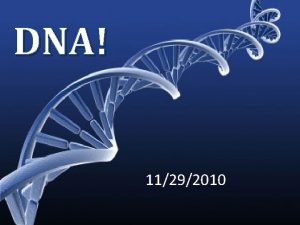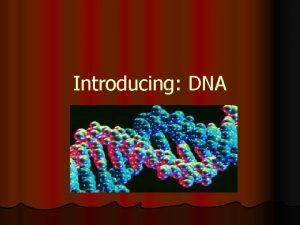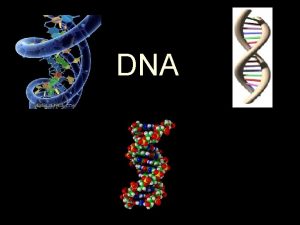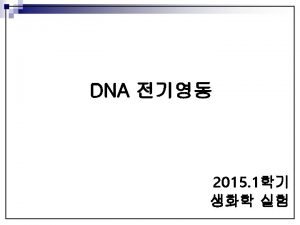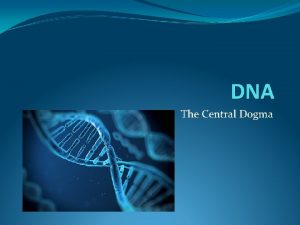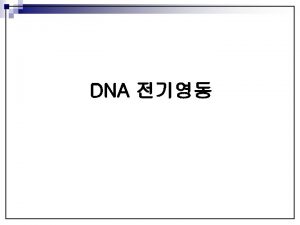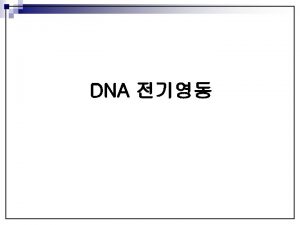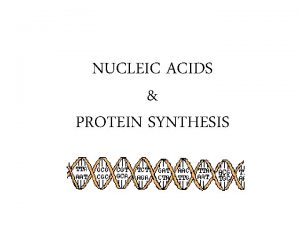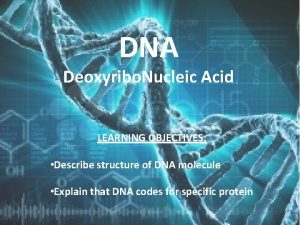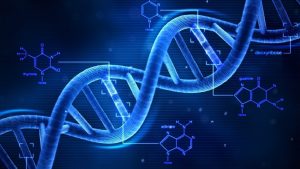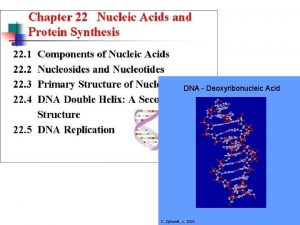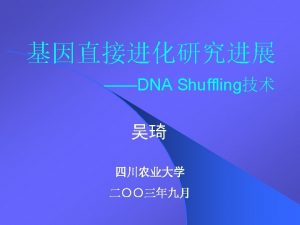DNA STRUCTUR E FUNCTION DNA stands for Deoxyribo

DNA STRUCTUR E & FUNCTION

DNA stands for. . . Deoxyribo. Nucleic Acid

• DNA is the genetic information in every cell • DNA holds the instructions for making proteins • The sequence of nitrogen bases in DNA determines the traits of an organism

What are genes? • Genes are units of heredity passed from parents to offspring • A gene is a section of a DNA molecule that codes for a specific trait (protein)


-James Watson and Frances Crick (1953) published a paper describing DNA as a double helix, or a twisted ladder. This discovery won them a Nobel prize. -Rosalind Franklin did much of the research, but was not given credit because she was a woman. She later died due to the radiation exposure from her research. This is the famous Photo 51 taken by Rosalind Franklin. This photo led to the discovery of the double helix structure.

Nucleotide = monomer Biomolecule: Nucleic Acid Monomer: Nucleotide

What is a nucleotide? Each DNA nucleotide includes: 1. deoxyribose sugar 2. phosphate 3. One of 4 nitrogenous bases: Adenine (A) Thymine (T) Guanine (G) Cytosine (C)

DNA song (tune of row, row your boat) We love DNA Made of nucleotides Sugar, phosphate, and a base Bonded on the side!

In the “ladder” of DNA: 1. alternating sugars and phosphates are the sides of the ladder (sugar-phosphate backbone) 2. nitrogenous base pairs are the steps/rungs of the ladder.

Antiparallel • Antiparallel: the strands are side by side but run in opposite directions. 5’ 3’ 3’ 5’ • Always 5’ to 3’ direction

What holds together the two strands? Hydrogen bonding between the base pairs holds the two strands of a DNA molecule together

Complementary Base-Pairing Adenine (A) = (T) Thymine Cytosine (C) = (G) Guanine (Apple Tree) (Chewing Gum)

Practice Fill in the complementary DNA strand Notice: How many Adenines are present on both strands? 6 How many Thymines are present on both strands? 6 A G T A C T G C G G

Chargaff’s Rule • Chargaff found that for any DNA sample: • % adenine = % thymine • % cytosine = % guanine Practice: If the DNA molecule is 20% Thymine, what % of the molecule is Cytosine? Answer: 20% T = 20% A (40% total) 30% G = 30% C (60% total) 60 + 40 = 100% of molecule


RNA base pairing: A=U G=C

Stop here!

DNA Replication

What is DNA replication? During replication, DNA is copied exactly, making two identical molecules of DNA

Where does replication happen? prokaryotic cells: takes place in the cytoplasm -no nucleus -bacteria only eukaryotic cells: takes place in the nucleus -plants, animals, fungi, protists

How does replication happen?

Process of DNA Replication 1. The parent DNA is “unzipped” by Helicase (ase=enzyme), breaking the hydrogen bonds between the two strands

Process of DNA Replication 2. The two parent strands of DNA are used as templates for building two new strands of DNA. Polymerase (-ase=enzyme), adds nucleotides according to base-pairing rules.

Process of DNA Replication 3. The sugar-phosphate backbones of the new DNA strands are connected. Finished!

Functions of DNA Polymerase 1. Adds nucleotides to the new strands of DNA according to base-pairing rules 2. Proof reads the new strands of DNA and corrects any errors

Semi-conservative • DNA replication produces two DNA molecules that are identical to the original DNA molecule • Each new DNA molecule has one parent strand one daughter strand
- Slides: 27
